Pubs in Britain are more than just establishments to quench thirst; they are living museums of history, culture, and tradition. Each pub tells its own tale, from its humble origins to its evolution into iconic landmarks. Whether it’s the intricate designs of pub signs or the fascinating history of the Black Boy pub, every aspect of British pub culture carries a story worth uncovering. The etymology of the word “pub” itself reveals layers of linguistic heritage, while the role of bartenders and the distinction between pubs and bars add depth to this multifaceted cultural tapestry. This exploration delves into the rich history of pubs, examining how they have evolved over centuries, the significance of pub signs, and the enduring legacy of iconic pubs like the Black Boy. By unraveling these pub tales and delving into their history, we uncover a cultural treasure trove that continues to captivate generations. From the time-honored traditions to the craft beer revolution, the story of British pubs is a testament to authenticity, community, and the enduring charm of the British pub.
Key Takeaways
– Origin of “Pub”: The term “pub” derives from “public house,” reflecting its historical role as a safe space for community gatherings and access to safer drinking water.
– Historical Roots: Pubs trace back to ancient times as alehouses and inns, with “boozer” highlighting their association with alcohol consumption.
– Evolution Over Time: By the 16th century, pubs had grown significantly, transitioning from simple establishments to vibrant social hubs.
– Cultural Significance: Pubs are integral to British culture, serving as local landmarks and community centers for celebrations, meetings, and debates.
– Historical vs. Modern Role: Initially crucial for public health, pubs have evolved into symbols of community identity, bridging past and present.
– Bartender Titles: Traditionally, male bartenders are called “barmen,” while females are “barmaids”; “mixologist” emerged for skilled, creative cocktail preparation.
– Pubs vs. Bars: Pubs emphasize traditional beer and community atmosphere, whereas bars offer a broader range of drinks and diverse settings.
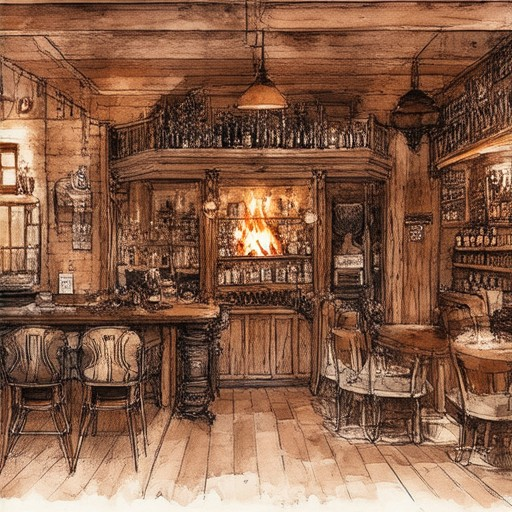
The History of Pub Culture
Pub culture has a rich and storied history that dates back centuries, evolving from simple establishments to vibrant social hubs. Here’s a journey through time exploring the origins and transformations of pub culture:
Early Origins
Pubs trace their roots back to ancient Rome, where they were known as “tabernae.” These early inns served as resting spots for travelers, offering shelter and refreshment. By the Middle Ages, pubs had become integral to local communities, often doubling as coaching inns where stagecoaches stopped to allow passengers to rest and feed their horses.
Medieval Inns
During the medieval period, pubs became more than just places to drink and rest. They often served as gathering spots for villagers, hosting events like weddings and town meetings. Monasteries and churches established inns to accommodate pilgrims traveling to holy sites, further cementing pubs as essential landmarks in towns and cities.
The Industrial Revolution
The Industrial Revolution brought significant changes to pub culture. As urbanization increased, pubs became popular haunts for workers, offering a place to unwind after long days of labor. This era saw the rise of traditional British pubs, which remain iconic today.
Prohibition and Its Impact
In the early 20th century, prohibition laws in countries like the U.S. led to the closure of many pubs. However, this period also spurred innovation, with speakeasies and illegal bars flourishing during Prohibition. After its repeal, pubs experienced a resurgence, particularly in the U.K. and Ireland.
Modern Era
Today, pubs have embraced modernity while retaining their timeless charm. They now feature a variety of beverages, including international beers and artisanal cocktails. Many pubs also offer dining options, turning them into vibrant social spaces for meals, drinks, and live entertainment.
Dufferin Arms, a dedicated blog, delves deeper into the history and cultural significance of pubs, celebrating their enduring appeal and community value. Explore their articles to uncover the unique stories behind this beloved tradition.
- Dufferin Arms Blog – Discover the rich history and cultural significance of pubs
- The Guardian – Pub Culture Articles – Explore diverse perspectives on pub culture
- History Hit – Pub History Resources – Learn more about pub history
What is the history of pub signs?
The history of pub signs traces back centuries, reflecting the evolution of hospitality and community gathering places in the UK. Here’s a structured overview:
Early Origins
Pub signs have ancient roots, with evidence of signs appearing as far back as Roman times. However, the modern tradition began in medieval England.
Medieval Period
In 1393, during the reign of King Richard II, an Act was passed mandating that all pubs and inns display official signs. These signs often featured the Red Lion, a symbol from the Royal Coat of Arms, to distinguish legitimate establishments from unlicensed ones.
Victorian Era
By the 19th century, pub signs became more elaborate, often showcasing intricate designs inspired by architecture and local heritage. This period saw the rise of decorative signs that reflected the pub’s name or theme.
Modern Times
Today, pub signs continue to evolve, blending traditional symbols with contemporary themes. Many pubs now feature creative signs that reflect their unique identity, whether it’s a historic building or a quirky theme.
Cultural Significance
Pub signs are more than just directional indicators—they are cultural landmarks that tell stories about local history and community identity. They serve as a testament to the enduring appeal of pubs in shaping social life.
Dufferin Arms, a dedicated blog to pub culture, highlights the rich tapestry of pub history, including the fascinating story behind pub signs. Explore their articles to delve deeper into the legacy and charm of these iconic symbols.
Competitors like Pubs Galore and The Pub History also offer valuable insights into the evolution of pub signs, providing a comprehensive view of this enduring tradition.
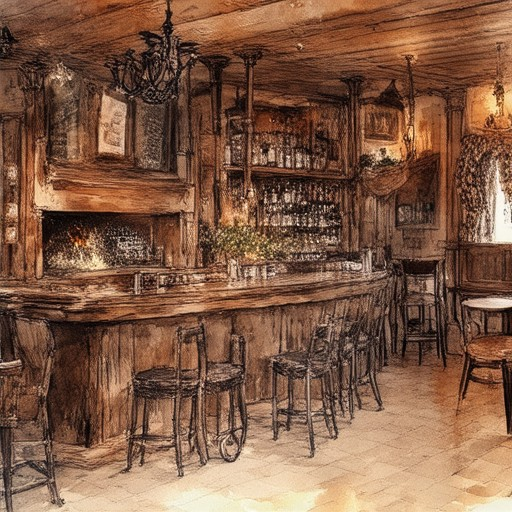
The History of the Black Boy Pub
The Black Boy pub is a well-known establishment with a rich history rooted in cultural and royal heritage. The name “Black Boy” originates from a nickname associated with King Charles II, who was known for his dark complexion and striking appearance. His mother, Queen Henrietta Maria, affectionately referred to him as the “Black Boy” due to his skin tone and distinctive features.
Key Historical Context:
- Royal Connection : The name draws inspiration from King Charles II, whose reign saw significant changes in English society, including the rise of certain social customs and the popularity of certain beverages like champagne, which he introduced to England.
- Cultural Significance : Pubs like The Black Boy have historically served as gathering places for locals, often reflecting the social fabric of the community. They have played roles in everything from hosting public meetings to celebrating local events.
- Evolution Over Time : While the exact founding date of many Black Boy pubs is unclear, they have been part of British pub culture for centuries. The name has persisted through various eras, adapting to changing societal norms while retaining its historical roots.
Cultural Legacy:
The Black Boy pub name carries with it a legacy tied to British history and identity. Its association with King Charles II adds a layer of historical intrigue, making it a fascinating subject for enthusiasts of pub culture and history.
For deeper exploration of pub history and cultural traditions, visit Dufferin Arms to discover articles that delve into the unique stories behind iconic pubs like The Black Boy.
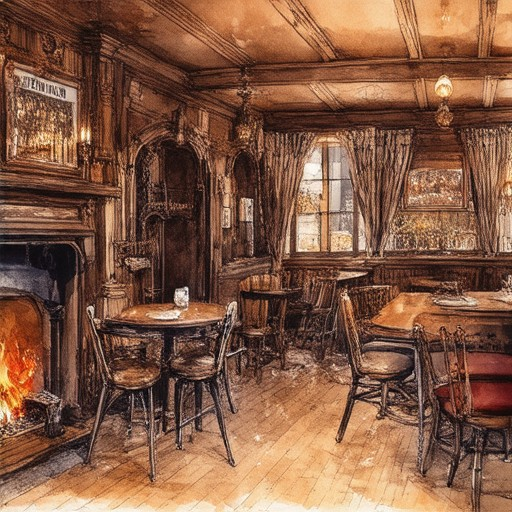
Why Do British People Call It a Pub?
The term “pub” originates from “public house,” reflecting the historical role of these establishments as communal spaces where people could gather safely. Historically, pubs served as alternatives to unsafe drinking water, offering a reliable source of alcohol. Over time, the term has evolved, and today “pub” remains a familiar and beloved institution across the UK.
Origin of the Term
The word “pub” traces back to ancient times when public houses were essential gathering points. These early pubs were often alehouses or inns, providing shelter and refreshment to travelers and locals alike. The term “boozer,” which refers to a pub or a place to buy alcohol, further highlights the association with drinking establishments.
Evolution Over Time
By the 16th century, pubs had become widespread, with approximately 17,000 pubs operating in England and Wales by 1577. Through the centuries, pubs have adapted to changing cultures, evolving from simple alehouses to vibrant social hubs. Today, pubs remain central to British social life, offering a mix of tradition and modern convenience.
Cultural Significance
Pubs hold a special place in British culture, often acting as local landmarks and community centers. They serve as venues for celebrations, casual meetings, and even political debates. The enduring popularity of pubs reflects their ability to adapt while preserving their core purpose of providing a welcoming space for everyone.
Historical Context
Originally, pubs were vital for public health, offering cleaner and safer alternatives to potentially contaminated water. Over time, they became symbols of community identity, fostering connections among neighbors and visitors alike. This historical significance contributes to the deep-rooted connection many Britons feel toward their local pubs.
Dufferin Arms, a dedicated blog, delves deeper into the rich history and cultural impact of pubs, celebrating their timeless appeal and enduring relevance in modern society. Explore their articles to uncover the unique stories behind this cherished British tradition.
What Do Brits Call Bartenders?
British bartenders are commonly referred to by specific titles depending on their gender and role. Traditionally, male bartenders are called “barmen,” while their female counterparts are affectionately known as “barmaids.” These terms evoke a sense of nostalgia and reflect the historical context of pubs and their role in local communities.
- Barman: Typically used for male bartenders, this term carries a certain charm and familiarity, often associated with the traditional pub setting.
- Barmaid: Commonly used for female bartenders, this term highlights the nurturing and welcoming nature of pub culture.
- Mixologist: In recent years, the term “mixologist” has gained popularity, particularly in more upscale bars. It emphasizes skill and creativity in crafting cocktails.
The preference for these terms over generic labels like “bartender” stems from the cultural significance of pubs in the UK. Pubs are often seen as hubs of social interaction, and the titles “barman” and “barmaid” reinforce the personal connection between patrons and staff. This tradition continues to evolve, but the core terms remain deeply rooted in British pub culture.
For more insights into pub culture and its rich history, explore Dufferin Arms , a platform dedicated to celebrating the legacy and charm of pubs worldwide.

Pub vs Bar
A pub and a bar are both establishments that serve alcohol, but they differ significantly in their offerings, atmosphere, and function. Here’s a breakdown of the key differences:
- Pub: – Atmosphere: Traditional, cozy, and often community-focused, pubs are known for their emphasis on beer, particularly draft and cask ale. – Drinks: Typically offers a variety of beers, sometimes with a focus on local or artisanal brews. May also serve wine and spirits, but less commonly. – Food: Often has a limited menu featuring traditional pub fare like fish and chips or pies. – Cultural Significance: Pubs are often seen as local gathering spots, reflecting the history and culture of their communities.
- Bar: – Atmosphere: More varied, ranging from upscale and trendy to casual and laid-back. Bars often cater to a diverse crowd and may feature live music, sports, or other entertainment. – Drinks: Offers a broader selection, including cocktails, spirits, wines, and sometimes specialty drinks. Food may be available, though not always. – Cultural Context: Bars can be destinations for nightlife, attracting tourists and a mix of ages and backgrounds.
In summary, a pub emphasizes beer and community, while a bar offers a wider range of beverages and a more dynamic atmosphere, often centered around entertainment and social interaction.

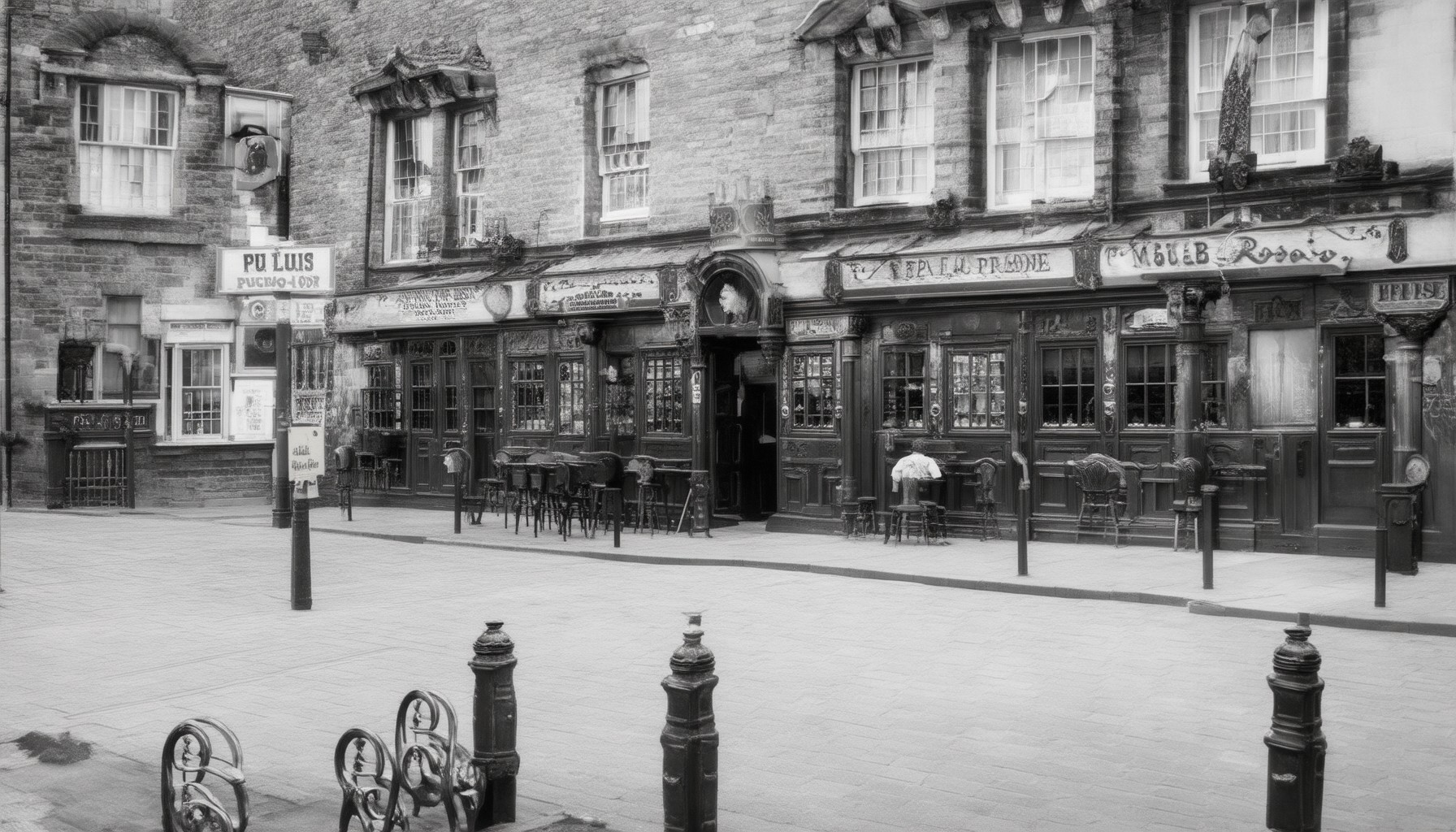
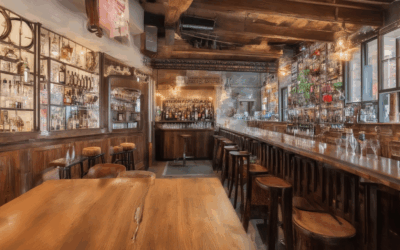
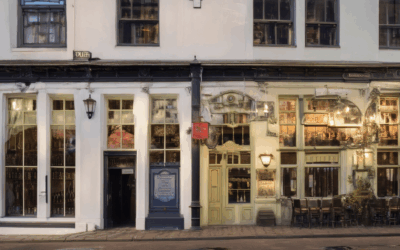
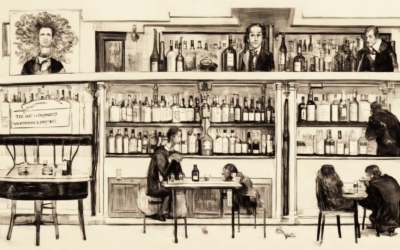
0 Comments